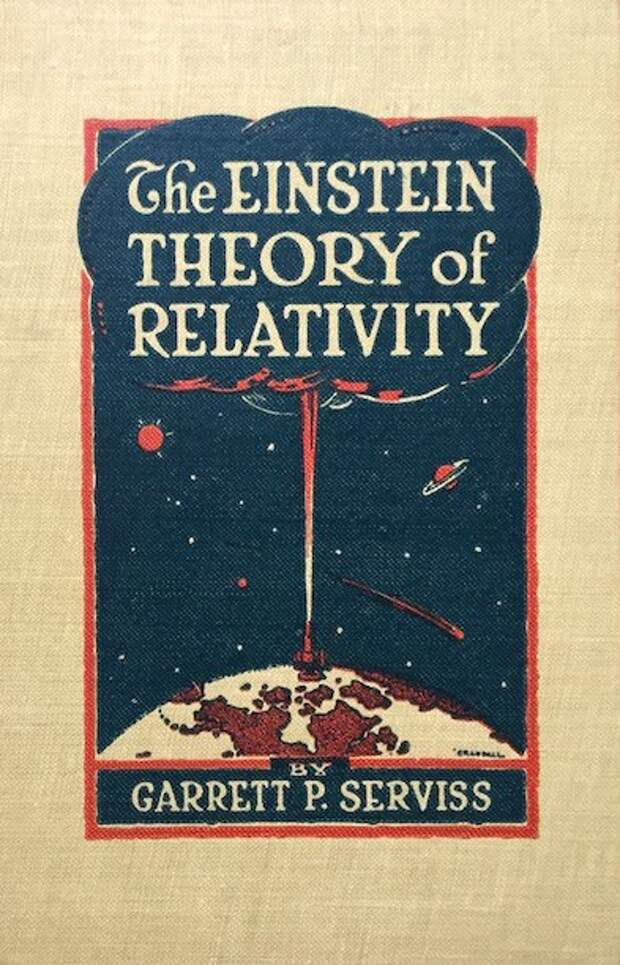Author: Maria Popova / Source: Brain Pickings

“This is a participatory universe,” physicist John Archibald Wheeler, who popularized the term black hole, wrote in his influential theory known as It from Bit, asserting that “physics gives rise to observer-participancy; observer-participancy gives rise to information; and information gives rise to physics” — an assertion he could not have made without Einstein’s theory of relativity and its groundbreaking insight into how the laws of physics appear to different observers with different frames of reference.
Wheeler was largely responsible for reinvigorating scientific interest in Einstein’s theory after WWII, but the task of engaging the lay public with relativity — a theory that would forever change our understanding of time — was of a wholly different order. Abstract ideas can be slippery to grasp, and what cannot be grasped cannot be held in interested regard — this, perhaps, is why the arts have always been an invaluable ally to science, making the abstract not only comprehensible but beautiful and therefore worthy of regard.
Thirteen years before mathematician Lillian Lieber composed her poetic primer on relativity, which Einstein himself heartily lauded as an uncommon feat of popularizing science, a short article appeared in the August 1922 issue of Scientific American claiming that the young art of cinema could never adequately convey Einstein’s ideas to the lay public. (Like any new technology and art form, film drew a chorus of complaints, none more rhetorically acerbic than Virginia Woolf’s: “The eye licks it all up instantaneously, and the brain, agreeably titillated, settles down to watch things happening without bestirring itself to think.”) Scientific American cited the example of a German film about relativity produced earlier that year, which the magazine deemed a commercial failure.
The American brothers Max and David Fleicher, who were soon to produce such pioneer cartoons as Superman and Betty Boop, leapt at the challenge. They teamed up with the…
The post Einstein’s Theory of Relativity, Explained in a Pioneering 1923 Silent Film appeared first on FeedBox.